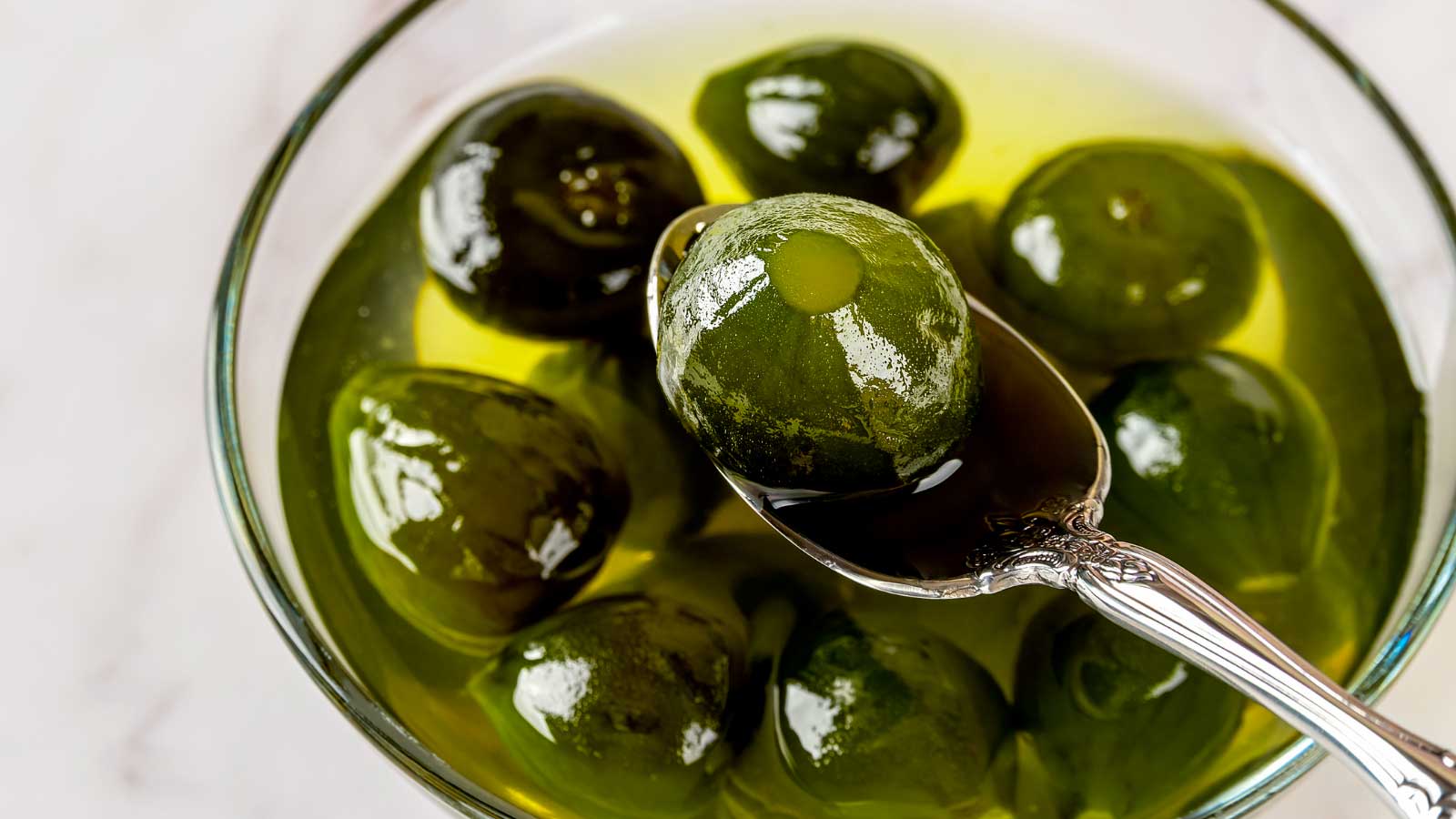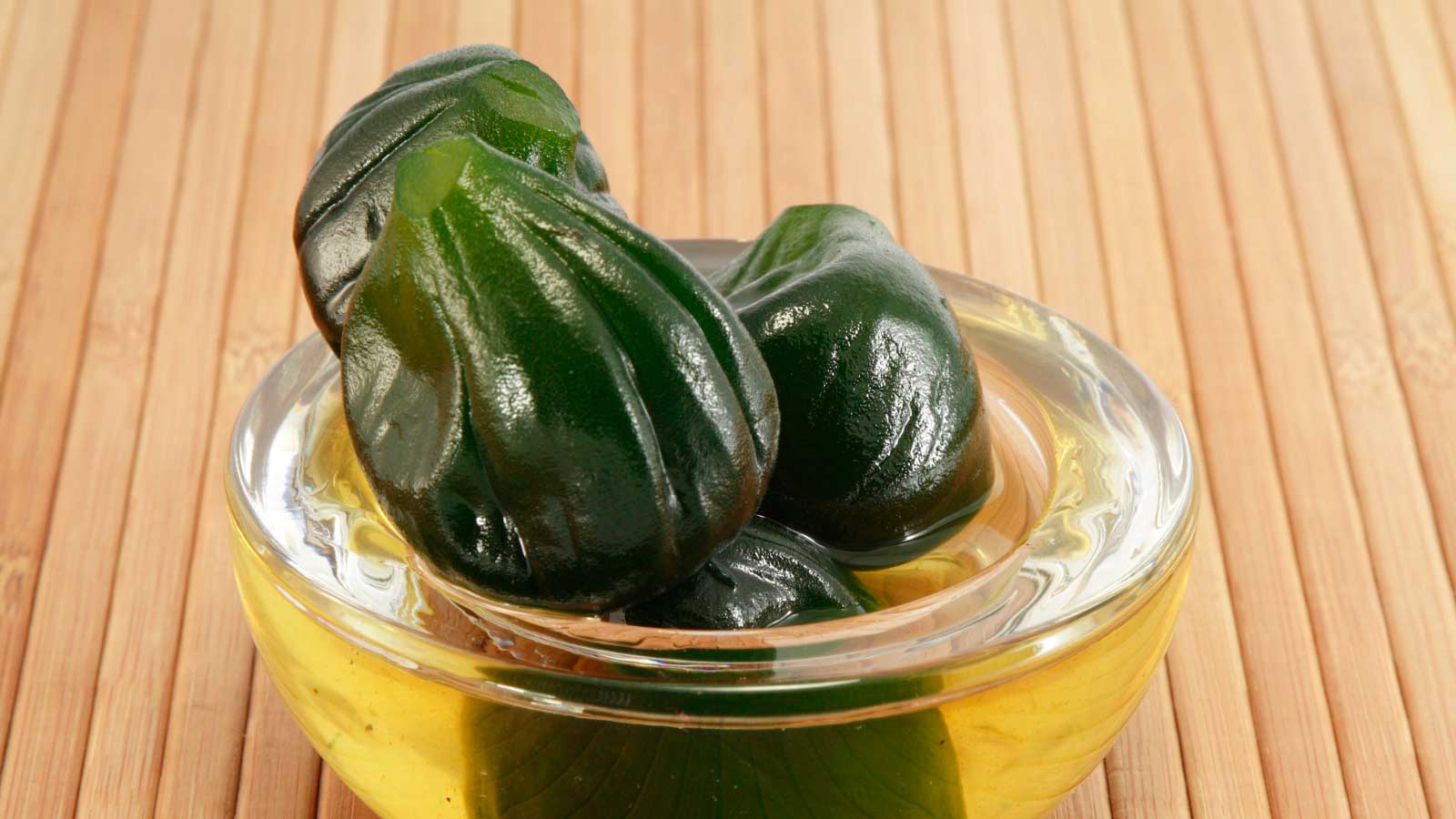Fig Jam
Fig jam is a true culinary classic passed down through generations. Its unique blend of flavor, juicy texture, and artisanal preparation makes it one of the most cherished sweets in Brazil and many other countries.
Whether served as a dessert, accompaniment, or even as a gift, fig jam has the power to delight a wide variety of palates.
In this article, you will discover everything about fig jam, from its origins to the best ways to prepare and savor it. Let’s dive into this delicious world and learn why this sweet treat is so special.
How to Make Fig Jam at Home
Preparing fig jam at home might seem like a complex task, but with the right tips, the process becomes simple and enjoyable. See below how to make this delicious treat and learn the secrets to achieving a perfect result.
Ingredients:
The ingredients for making fig jam are simple and accessible. Here is a detailed list to help you get organized:
- Fresh figs: Choose firm, high-quality figs, as this directly impacts the flavor and texture of the jam.
- Sugar: You can use refined, granulated, or even brown sugar, depending on the desired result.
- Lemon: Lemon juice helps balance the sweetness and preserves the jam for longer.
- Water: Necessary for cooking and achieving the ideal consistency of the syrup.
Preparation Method
- Wash the figs: Carefully rinse the figs under running water to remove any dirt or residue. If preferred, soak them in a water-vinegar solution for a thorough cleaning.
- Prepare the figs: Make small cuts in the skin or prick them with a fork so the sugar can penetrate better during cooking.
- Mix the ingredients: Place the figs in a large pot, add the sugar and lemon juice, and stir well to ensure all the figs are evenly coated.
- Rest: Let the figs sit for at least two hours. This allows them to release their natural juices, reducing the need to add extra water.
- Cooking: Place the pot over low heat and cook slowly, stirring occasionally. Add water gradually if necessary to prevent the jam from burning.
- Finishing: When the figs are soft and the syrup is thick, remove the pot from the heat and let it cool before storing.
With this recipe, you can experiment with variations, such as adding spices (cinnamon, cloves) or even using unripe figs to create a more intense jam.

Foolproof Tips for Making the Best Fig Jam
If you want your fig jam to be perfect, follow these special tips that make all the difference in flavor and presentation:
- Choose Quality Figs
Opt for firm, fresh figs. Avoid those that are overly ripe or spotted, as they can compromise the texture and flavor of the jam. - Cut the Skin Carefully
Making small cuts or punctures in the skin helps the figs better absorb the sugar, resulting in a more flavorful jam with a rich syrup. - Add Spices
Try including cloves, cinnamon, or even ginger during cooking. These spices enhance the flavor of the jam, giving it a special touch. - Control the Amount of Water
Don’t overdo it with water! Start with the minimum amount needed and add more only if you notice the mixture drying out before reaching the right consistency. - Let It Rest
Before cooking, let the figs marinate in the sugar and lemon juice for a few hours. This helps release the fruit’s natural juices and intensify the flavor. - Stir Gently
During cooking, stir occasionally and carefully so as not to break apart the figs. Use a wooden or silicone spoon to preserve the integrity of the fruit. - Get the Syrup Just Right
The syrup should be thick but not overly stiff. A good trick is to dip a spoon into the syrup and observe if it drips slowly. - Use Sterilized Jars
For storage, use pre-sterilized glass jars with airtight lids to increase shelf life and prevent contamination. - Make the Presentation Count
If you’re gifting it, invest in attractive jars and decorate them with ribbons or personalized labels. A charming presentation makes the jam even more special. - Experiment with Varieties
Try different versions, such as using unripe or ripe figs, and experiment with alternative sweeteners like honey or brown sugar to vary the flavor.

Cultural Benefits of Fig Jam
Fig jam is not just a dessert; it carries significant cultural value. In many regions, it is an integral part of local traditions, prepared for religious festivals, family celebrations, and special occasions. Its artisanal production also fosters intergenerational bonding, with recipes passed down from parents to children.
Furthermore, the cultivation of figs and the production of jam help boost the economy of small communities. Families involved in small-scale farming find in fig jam a valuable source of income by selling it at fairs, markets, and even online. This strengthens sustainability and highlights local traditions.
Fig Jam: Consumption Tips
There are countless ways to enjoy fig jam, and it adapts well to different occasions and preferences. Here are some suggestions to inspire you:
- Plain: A classic and simple option. Serve the jam in small portions to fully appreciate the concentrated fig flavor.
- With Cheeses: The contrast between the sweetness of the fig jam and the savory flavor of cheeses such as gorgonzola, ricotta, or cream cheese creates a sophisticated and delicious combination.
- As a Filling: Use the jam to fill cakes, pies, or roulades. It adds moisture and a special touch to your recipes.
- As a Topping: Try using the jam as a topping for ice cream, yogurt, or puddings.
- Gifts: Packaged in decorative jars, fig jam makes a handcrafted gift that shows care and dedication.
Differences Between Ripe and Unripe Fig Jam
Fig jam can be prepared in various ways, depending on the type of fig used. Here is an analysis of the differences:
Ripe Fig Jam
- Flavor: Sweeter and milder, ideal for those who prefer a delicate taste.
- Texture: Soft and juicy, it melts in your mouth.
- Usage: Perfect for light desserts or served plain.
Unripe Fig Jam
- Flavor: More tart and distinctive, with a more intense profile.
- Texture: Slightly firmer, providing an interesting chew.
- Usage: Ideal for those seeking a jam with a bold and versatile character.
Each type of fig offers a unique experience, so feel free to try both versions to discover your favorite.
How to Store Fig Jam
To ensure that your fig jam retains its flavor and quality, it is important to store it properly. Follow these tips:
- Use Glass Jars: Prefer sterilized glass containers with airtight lids to prevent air and contamination.
- Store in a Cool Place: Avoid areas with direct sunlight or high temperatures. A cool pantry or cabinet is ideal.
- Refrigerate: In the refrigerator, the jam can be stored for up to two months. For longer storage, consider freezing it in small portions.
Fun Facts About Fig Jam
- Figs were revered by many ancient cultures, symbolizing prosperity and fertility.
- Brazil is one of the largest fig producers in Latin America, with notable production in the states of São Paulo and Rio Grande do Sul.
- In some regions, fig jam is made with honey instead of sugar, giving it an even more special and natural flavor.
The History of Fig Jam
The origins of fig jam date back to ancient times, when preserving fruits was a necessity to ensure food during periods of scarcity. The fig, with its natural sweetness and soft pulp, was an ideal candidate for this preservation technique. Ancient peoples discovered that cooking fruits with sugar or honey helped extend their shelf life, allowing them to be enjoyed even when out of season.
Over time, the method of preserving figs evolved and became part of cultural traditions around the world. In Europe, fruit preserves were considered sophisticated delicacies, and in Brazil, the arrival of European colonizers brought these techniques, which were later adapted to local fruits. Today, fig jam is enjoyed in many regions of the country, both at traditional celebrations and in everyday life.
Frequently Asked Questions (FAQ)
1. What is the best type of fig for making the jam?
Both ripe and unripe figs are excellent. Choose based on your preference for flavor and texture.
2. Can I use brown sugar instead of refined sugar?
Yes, brown sugar gives a caramelized touch and can be a great option to vary the flavor of the jam.
3. Is it possible to make fig jam without sugar?
Yes, you can use natural sweeteners or even fruits like dates to sweeten it, although the texture of the syrup may be different.
With all this information, it’s easier to understand the charm of fig jam. Now it’s time to put these tips into practice and enjoy this culinary classic!
READ ALSO:
- Chicken Parmesan Recipe: Tips and Variations
- Oatmeal Porridge: The Perfect Recipe and Variations
- Brazilian Sweet Hominy Pudding: Traditional Recipe and Tips
- Garlic Cream: The Special Touch for Your Recipes
JOIN OUR RECIPE GROUP
WE ARE ON PINTEREST
I hope you enjoyed it.
With love,
Nate